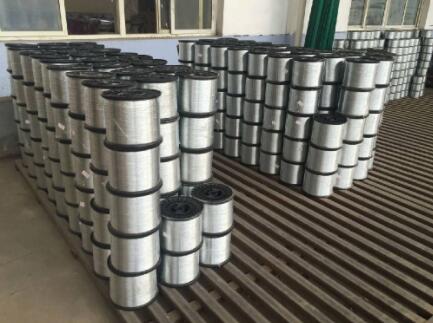The Story of Single Barbed Wire A Simple Yet Powerful Tool
Single barbed wire, often found fencing in pastures, protecting properties, and demarcating boundaries, is an essential tool that has shaped agriculture and land management since its invention. This innovative fencing solution serves multiple purposes and has a rich history that intertwines with the development of agriculture and ranching.
The inception of single barbed wire dates back to the late 19th century, a time marked by rapid industrialization and the expansion of farming in the American West. It was in 1873 that Joseph Glidden, a farmer from Illinois, patented his design of barbed wire, which became the foundation for modern fencing. Glidden's design featured sharp barbs tied to a strand of wire, creating an effective deterrent against livestock straying from their designated pastures. This simple yet ingenious innovation revolutionized the way farmers and ranchers managed their lands and livestock.
The effectiveness of single barbed wire lies in its straightforward construction. Typically made from steel, it consists of a single strand with evenly spaced barbs that protrude outward. These barbs serve to prevent animals from pushing through the fence, thus maintaining the integrity of enclosures. One of the primary advantages of single barbed wire is its cost-effectiveness. Compared to other types of fencing, such as wooden or woven wire fences, barbed wire is relatively inexpensive to produce and install. This affordability made it accessible to countless farmers looking to protect their investments.
single barbed wire

In addition to its economic advantages, single barbed wire is durable and requires minimal maintenance. Unlike wood, which can rot or decay over time, steel barbed wire is resistant to the elements, ensuring longevity in various weather conditions. Ranchers and farmers appreciate this durability, as it allows them to focus more on their agricultural practices rather than constant upkeep of their fences.
However, the use of single barbed wire is not without its controversies. While it serves as an effective barrier for livestock, the sharp barbs can pose dangers to both animals and humans. Livestock can become injured if they become entangled in the wire, leading to potential vet bills and loss of productivity. Additionally, there is an ongoing debate regarding its environmental impact. Wildlife can be adversely affected by barbed wire fencing, as it can impede their movement and cause injuries. As land management practices evolve, many are seeking more wildlife-friendly fencing options.
Despite these concerns, single barbed wire continues to be a staple in agricultural fencing. Its simplicity, affordability, and effectiveness ensure its place in the toolkit of farmers and ranchers around the world. Today, single barbed wire is also being adapted with new technologies, including the addition of integrated tracking systems that enhance security for livestock and properties.
In summary, single barbed wire is more than just a fencing material; it is a symbol of agricultural innovation that has transformed land management practices. Its invention marked a critical moment in agricultural history, providing a practical solution to the challenges of livestock grazing. While challenges regarding animal welfare and environmental impact persist, the enduring popularity of single barbed wire reflects its significance in fulfilling the needs of farmers and ranchers everywhere. As we continue to adapt and innovate, the legacy of single barbed wire will undoubtedly remain a vital component of our agricultural landscape for years to come.

















